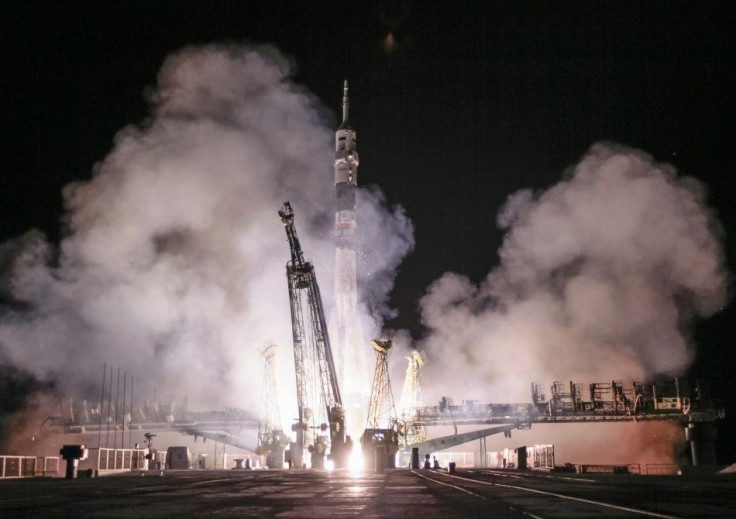Russia Succeeds Where US Fails: ISS NASA Antares Rocket Explosion Meant to Happen; Russia Successfully Launches Cargo Ship

The first time Elon Musk heard how Orbital Sciences was assembling the Antares rocket for NASA two years ago, he had hinted its eventual launch will be a total failure, which did happen on Tuesday. But where the United States failed, Russia managed to hurl a successful launch toward the International Space Station a day after the tragedy.
In an interview held two years ago with Wired, Musk, who is CEO of SpaceX, rival to Orbital Sciences, said he found it incredulous its competitor is working on a design that's lifted from engines made over five decades ago. "One of our competitors, Orbital Sciences, has a contract to resupply the International Space Station, and their rocket honestly sounds like the punch line to a joke. It uses Russian rocket engines that were made in the '60s. I don't mean their design is from the '60s - I mean they start with engines that were literally made in the '60s and, like, packed away in Siberia somewhere," were his exact words in the interview.
The Russian engines Musk referred to are the Aerojet Rocketdyne AJ-26 engines. Originally built by the Moscow-based JSC Kuznetsov in the late 60s and early 70s, they are actually modified and retrofitted Soviet-made NK-33 engines that were designed to launch the N1 Russian rocket on lunar missions. Suffice to say, the engines have been out of service for decades.
Musk is no doomsayer. Being an expert on the field, he just questioned the production decisions of Orbital Sciences, which received NASA's approval. Simply put, it met required standards. But his foresight chillingly became true somehow when the Antares rocket exploded in the skies just six seconds after launch Tuesday night. The exact cause of the explosion is still being investigated by NASA. The rocket was carrying a Cygnus spacecraft that will deliver some 2,293 kg worth of supplies, science experiments and equipment for the International Space Station on a routine mission.
But where the United States glaringly failed, the Russians likewise glaringly succeeded. A day after the unfortunate incident of Orbital Sciences' Antares rocket explosion, Russia successfully launched an unmanned rocket early Wednesday.
The Soyuz rocket and Progress 57 cargo ship blasted off from the Baikonur Cosmodrome in Kazakhstan. It is carrying nearly 3 tonnes of supplies for the space station's Expedition 41 crew.
The Progress 57 cargo ship will orbit the Earth four times before arriving at the space station. The docking webcast can be viewed on Space.com, courtesy of NASA TV.





















